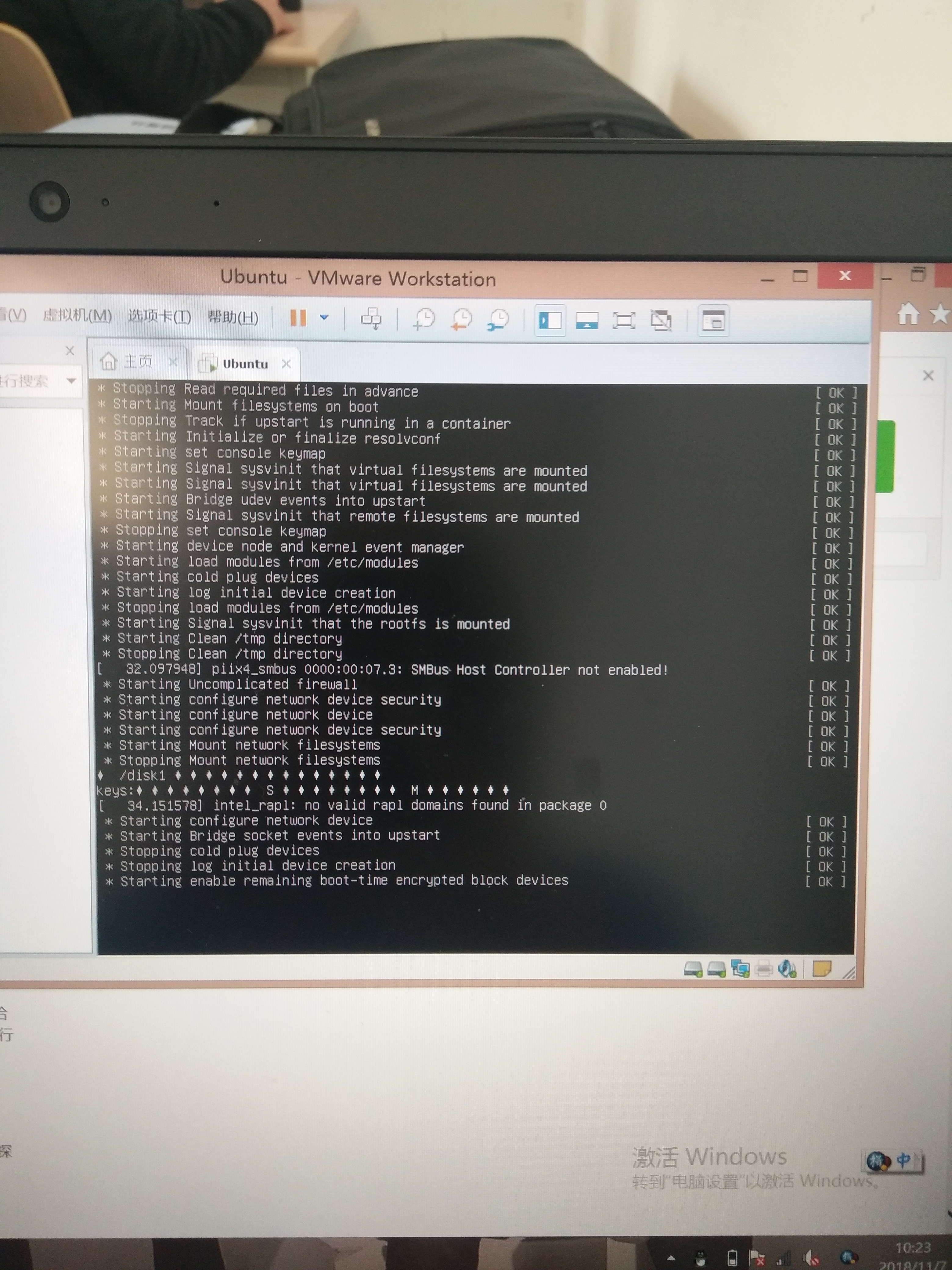Let's say we have a class:
public class MyClass {
@Autowired private AnotherBean anotherBean;
}
Then we created an object of this class (or some other framework have created the instance of this class).
MyClass obj = new MyClass();
Is it possible to still inject the dependencies? Something like:
applicationContext.injectDependencies(obj);
(I think Google Guice has something like this)
You can do this using the autowireBean() method of AutowireCapableBeanFactory. You pass it an arbitrary object, and Spring will treat it like something it created itself, and will apply the various autowiring bits and pieces.
To get hold of the AutowireCapableBeanFactory, just autowire that:
private @Autowired AutowireCapableBeanFactory beanFactory;
public void doStuff() {
MyBean obj = new MyBean();
beanFactory.autowireBean(obj);
// obj will now have its dependencies autowired.
}
You can also mark your MyClass with @Configurable annotation:
@Configurable
public class MyClass {
@Autowired private AnotherClass instance
}
Then at creation time it will automatically inject its dependencies. You also should have <context:spring-configured/> in your application context xml.
Just got the same need and in my case it was already the logic inside non Spring manageable java class which had access to ApplicationContext. Inspired by scaffman.
Solved by:
AutowireCapableBeanFactory factory = applicationContext.getAutowireCapableBeanFactory();
factory.autowireBean(manuallyCreatedInstance);
I wanted to share my solution that follows the @Configurable approach as briefly mentioned in @glaz666 answer because
- The answer by @skaffman is nearly 10 years old, and that does not mean not good enough or does not work
- The answer by @glaz666 is brief and didn't really help me solve my problem but, did point me in the right direction
My setup
- Spring Boot 2.0.3 with
Spring Neo4j & Aop starts (which is irrelevant anyway)
- Instantiate a bean when
Spring Boot is ready using @Configurable approach (using ApplicationRunner)
- Gradle & Eclipse
Steps
I needed to follow the steps below in order to get it working
- The
@Configurable(preConstruction = true, autowire = Autowire.BY_TYPE, dependencyCheck = false) to be placed on top of your Bean that is to be manually instantiated. In my case the Bean that is to be manually instantiated have @Autowired services hence, the props to above annotation.
- Annotate the Spring Boot's main
XXXApplicaiton.java (or the file that is annotated with @SpringBootApplication) with the @EnableSpringConfigured and @EnableLoadTimeWeaving(aspectjWeaving=AspectJWeaving.ENABLED)
- Add the dependencies in your build file (i.e. build.gradle or pom.xml depending on which one you use)
compile('org.springframework.boot:spring-boot-starter-aop') and compile('org.springframework:spring-aspects:5.0.7.RELEASE')
- New+up your
Bean that is annotated with @Configurable anywhere and its dependencies should be autowired.
*In regards to point #3 above, I am aware that the org.springframework.boot:spring-boot-starter-aop transitively pulls the spring-aop (as shown here mavencentral) but, in my case the Eclipse failed to resolve the @EnableSpringConfigured annotations hence, why I explicitly added the spring-aop dependency in addition to the starter. Should you face the same issue, just declare the dependency or go on adventure of figuring out
- Is there a version conflict
- Why the
org.springframework.context.annotation.aspect.* is not available
- Is your IDE setup properly
- Etc etc.
Not without some workarounds, as Spring knows nothing about this instance.
The real question is: why are you creating instances of a class that you want dependencies injected into manually, rather than letting Spring control it? Why isn't the class using MyClass getting MyClass injected into it?




